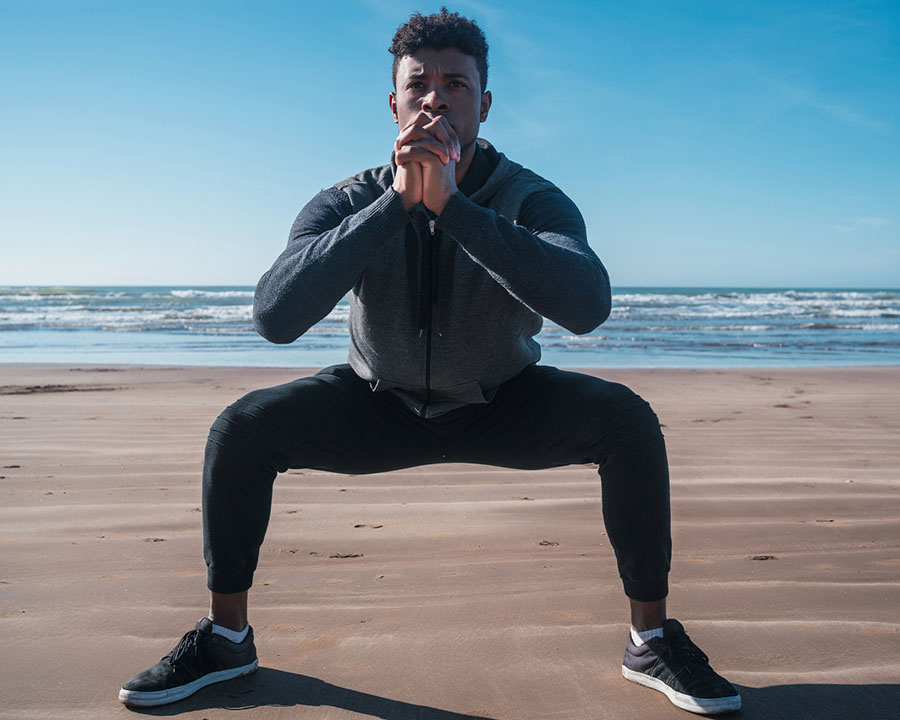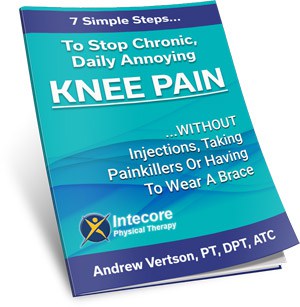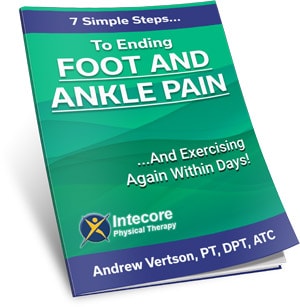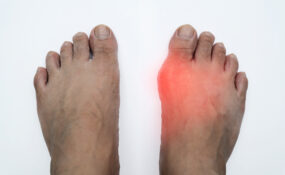You’ve probably heard about the importance of good posture and ergonomics to avoid chronic pain. But there’s another, lesser-known issue that might be contributing to your aches and pains: Dormant Butt Syndrome (DBS). While the name might sound funny, its effects are no laughing matter. It’s a condition where your gluteal muscles—your butt muscles—become weak and essentially “fall asleep” from disuse.
What Exactly Is Dormant Butt Syndrome?
Your glutes are some of the biggest and most powerful muscles in your body. They’re not just for looks; they’re essential for everything from standing upright to walking and running. The gluteus maximus, gluteus medius, and gluteus minimus muscles work together to stabilize your pelvis and support your entire body. When these muscles are weak, it can throw off your body’s alignment and lead to pain in your hips, lower back, knees, and even your ankles. Think of them as the foundation of your body—if the foundation is weak, the rest of the structure can start to suffer.
Why Does It Happen?
The biggest culprit is our modern, sedentary lifestyle. When you spend long periods of time sitting, your gluteal muscles are inactive. Over time, this lack of use can cause them to weaken and atrophy. As a result, other muscles—like your hamstrings and hip flexors—have to overcompensate, which can lead to tightness and pain. It’s a domino effect that can create a cycle of discomfort throughout your body.
Simple Ways to Prevent and Treat DBS

The good news is that preventing and treating Dormant Butt Syndrome is surprisingly simple. It’s all about getting back into an exercise routine and strengthening your glutes.
Move More Throughout Your Day
- Take frequent breaks: Aim to get up and move around for a minute or two after every 30 minutes of sitting. This simple act of standing and walking can reactivate your glutes and improve blood flow.
- Check your posture: Make sure your chair provides good lumbar support and that you’re not slouching. An ergonomic setup can help, but it’s no substitute for regular movement.
Wake Up Your Glutes with Exercise
Adding a few simple exercises to your daily routine can make a huge difference. You can do these at home, at the office, or at the gym.
- Glute Bridges: Lie on your back with your knees bent and feet flat on the floor. Squeeze your glutes and lift your hips until your body forms a straight line from your shoulders to your knees. Hold for a moment, then lower back down.
- Squats: Stand with your feet shoulder-width apart. Lower your hips as if you’re sitting in a chair, keeping your chest up and your back straight. Go as low as you can comfortably, then push back up to a standing position.
- Lunges: Step forward with one foot and lower your hips until both knees are bent at a 90-degree angle. Push off with your front foot to return to the starting position.
By incorporating these small changes into your day, you can help wake up your glutes, reduce chronic pain, and build a stronger, more stable foundation for your body.
- Dormant Butt Syndrome: How to Wake Up Your Glutes - August 13, 2025
- Your Comprehensive Guide to Understanding and Managing Pain with Physical Therapy - June 11, 2025
- Understanding the Causes of Shoulder Pain - May 16, 2025













